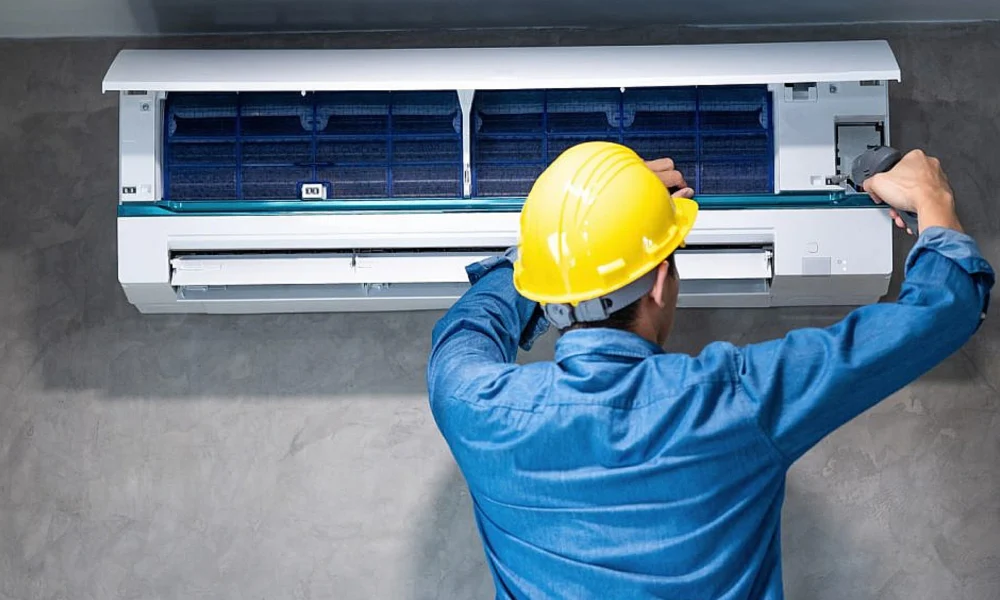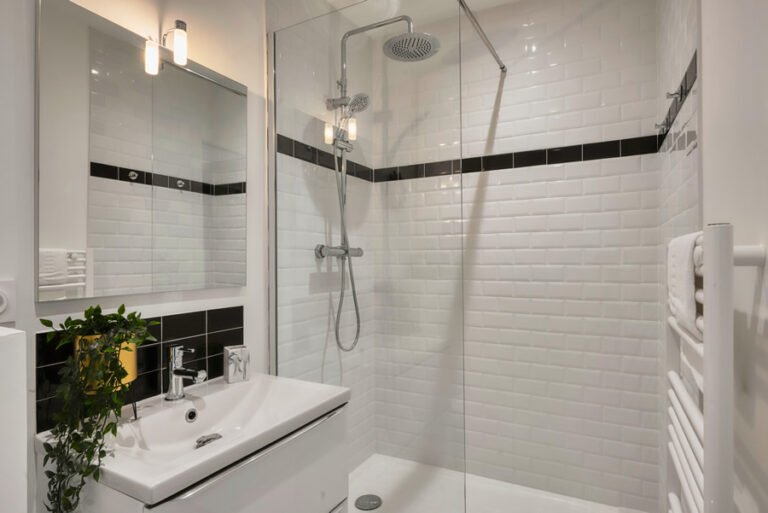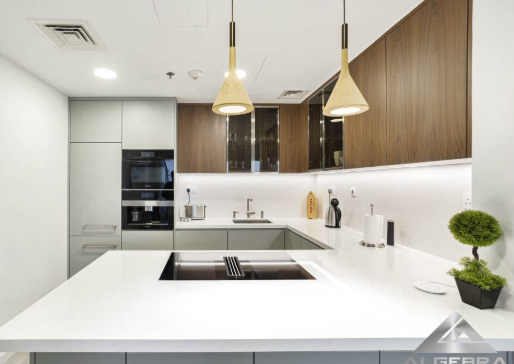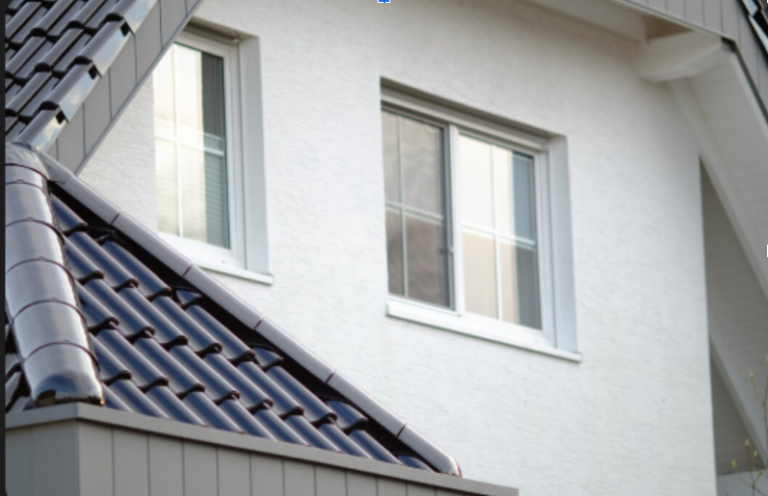AC Installation Services – Ensuring Comfort and Efficiency in Every Season
A well-installed air conditioning system can transform your living or working environment, providing comfort during hot summers and improving indoor air quality year-round. AC installation services play a crucial role in ensuring that your cooling system is correctly sized, properly fitted, and optimized for efficiency. Whether you’re installing a brand-new unit or replacing an outdated system, professional installation ensures long-term reliability and performance.
This guide explains everything you need to know about AC installation—from the benefits of professional service to the installation process, types of systems, costs, and tips for choosing the right contractor.
Why Professional AC Installation Matters
Some homeowners may consider a DIY approach to save money, but installing an AC system is a complex process that requires technical expertise, tools, and compliance with safety standards. Professional installation offers several advantages:
- Optimal system performance – Proper installation ensures the AC operates at peak efficiency.
- Correct sizing – Technicians calculate the cooling load to choose a unit that perfectly fits your space.
- Longer lifespan – Proper setup reduces wear and tear, extending the life of your AC.
- Safety compliance – Licensed installers follow building codes and manufacturer guidelines.
- Warranty protection – Most manufacturers require professional installation to keep warranties valid.
Types of Air Conditioning Systems Installed
Choosing the right AC system depends on your space, cooling needs, and budget. Professional installers help you select from:
1. Central Air Conditioning
Ideal for cooling large homes or offices, central AC distributes cool air through a network of ducts. It offers even temperature control and can be paired with heating systems for year-round comfort.
2. Ductless Mini-Split Systems
Perfect for homes without existing ductwork, these systems provide zoned cooling, allowing you to control the temperature in individual rooms.
3. Window Air Conditioners
A budget-friendly option for small spaces, these are easy to install but less efficient for larger areas.
4. Portable Air Conditioners
Portable units are flexible and easy to move, but they’re best for temporary cooling needs.
5. Hybrid Air Conditioners
These systems combine electric cooling with other energy sources, offering better efficiency and cost savings.
See also: DIY Home Improvement: Essential Tools Every Homeowner Should Have
The AC Installation Process
A successful installation involves careful planning and execution. Here’s how professional AC installation typically works:
Step 1: Initial Consultation and Assessment
A technician visits your home or business to assess your cooling needs, measure the space, and evaluate existing ductwork or electrical systems.
Step 2: System Selection
Based on the assessment, the installer recommends an AC system that matches your budget, efficiency goals, and cooling requirements.
Step 3: Preparing the Installation Site
This may involve clearing space for the outdoor unit, ensuring the electrical supply is adequate, and making modifications to ductwork if necessary.
Step 4: Installing the Indoor and Outdoor Units
The indoor evaporator coil and outdoor condenser are carefully mounted and connected with refrigerant lines, electrical wiring, and drainage systems.
Step 5: Connecting the Thermostat
The thermostat is installed and programmed to control the system efficiently. Smart thermostats may also be integrated for advanced features.
Step 6: System Testing and Calibration
Once installation is complete, the technician tests the AC for proper airflow, refrigerant levels, and cooling performance.
Step 7: Final Walkthrough and Maintenance Advice
You’ll receive guidance on operating the system, changing filters, and scheduling regular maintenance to keep the AC in top condition.
Residential AC Installation
Homeowners benefit from AC systems designed for quiet operation, energy efficiency, and consistent comfort. Residential installation services often include:
- Replacing old units with modern, energy-efficient models
- Installing ductless systems in renovated or extended spaces
- Upgrading thermostats for better climate control
Commercial AC Installation
Businesses require larger, more complex AC systems to maintain a comfortable environment for employees and customers. Commercial installation services cover:
- Rooftop units for large buildings
- Multi-zone systems for offices and retail spaces
- Customized climate control for sensitive environments like server rooms or manufacturing areas
Signs You Need a New AC Installation
Even with regular maintenance, AC units eventually wear out. You may need a new installation if:
- Your current system is more than 10–15 years old
- Repairs are becoming frequent and costly
- Energy bills are rising without increased usage
- The system struggles to cool your space evenly
- Strange noises or odors persist despite repairs
Energy Efficiency Considerations
Choosing an energy-efficient AC system can save money over time. Look for units with:
- High SEER rating – Seasonal Energy Efficiency Ratio measures cooling output versus energy use.
- ENERGY STAR certification – Indicates the system meets high efficiency standards.
- Variable-speed technology – Adjusts output for optimal comfort and efficiency.
Cost of AC Installation
The cost depends on factors like system type, capacity, complexity of installation, and location. On average:
- Window units – $150 to $600 (installation included)
- Ductless mini-split – $1,500 to $5,000
- Central air – $3,000 to $7,500
- Commercial systems – $5,000+
Professional installation may seem costly upfront, but it ensures efficiency, reliability, and lower long-term expenses.
Tips for Choosing the Right AC Installation Company
Check Credentials
Ensure the company is licensed, insured, and certified to handle AC installations.
Read Customer Reviews
Look for feedback about punctuality, quality of work, and after-service support.
Get Multiple Quotes
Compare pricing, warranties, and included services before making a decision.
Ask About Maintenance Plans
Some companies offer discounted annual maintenance packages, which help prolong system life.
Maintenance After Installation
Once your AC is installed, regular maintenance is crucial to keep it running efficiently. Maintenance services typically include:
- Cleaning or replacing air filters
- Inspecting refrigerant levels
- Checking thermostat calibration
- Cleaning evaporator and condenser coils
- Inspecting ductwork for leaks
Final Thoughts
AC installation services are an investment in comfort, health, and energy efficiency. Whether you’re installing a new system in your home or upgrading the cooling in your business, professional installation ensures your AC runs at peak performance for years to come. By choosing the right system, working with skilled technicians, and committing to regular maintenance, you can enjoy a cooler, more comfortable space no matter the season.






